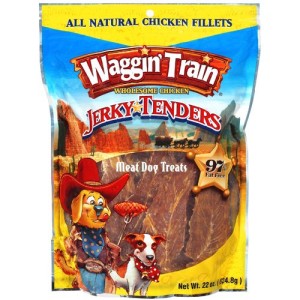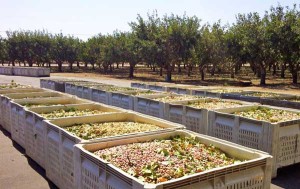Rob Mancini, a health inspector with the Manitoba Department of Health, writes:
I have become extremely cautious when I prepare and serve food to my child maybe because I am aware of the possible microbial risks or perhaps due to being a new parent. As an adult I can make informed  choices on what I want to eat, but my son doesn’t have that luxury. It is therefore incumbent upon me to make sure that my son doesn’t eat anything that will make him barf, for example steak tartare.
choices on what I want to eat, but my son doesn’t have that luxury. It is therefore incumbent upon me to make sure that my son doesn’t eat anything that will make him barf, for example steak tartare.
Steak tartare and cultural variations — Americian prepare (Belgium), befsztyk tatarski (Poland), beef carpaccio crudos (Chile), filet americain (Netherlands, Belgium),khemya (Armenia), kibbeh nayyeh (in the Levant), kitfo (Ethiopia), steack a l’americaine yukhoe (Korea), and yukke (Japan) — are meat dishes made from finely chopped raw beef. They are typically served with an oil emulsion and seasonings (the latter typically incorporating fresh ground pepper and Worcestershire sauce), sometimes with a raw egg yolk, and served with crostini bread.
Health risks associated with steak tartare include Escherichia coli O157:H7, Salmonella spp., and Listeria monocytogenes. Salmonella enteritidis acquired through raw egg yolk which is often served with steak tartare
There have been a number of foodborne outbreaks associated with the consumption of steak tartare — Salmonella Typhimurium (Dutch) phage-type 132 in the Netherlands, Japan E. coli O111 Outbreak where 2 children died and 56 ill, Wisconsin107 confirmed and 51 probable cases of Salmonella Typhimurium.
The U.S. Food and Drug Administration requires a prescribed disclosure reminding consumers of the increased risk associated with this product, a disclosure that doesn’t exist in Canada.
Personally I don’t get it. It is clear that there are absolutely no critical control points to minimize the risk of infection: if the meat is contaminated on the farm, the meat will be contaminated on your plate, farm-to-fork concept. Needle tenderizing will further exacerbate the risks of infection via translocation. We’ve seen this happen before. It seems to me that searing the meat (whole-intact) prior to slicing may be better way to go but I’d like the research backing this up. My point is, don’t feed raw meat to your kids, not worth the risk.









